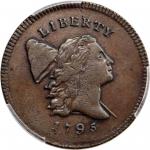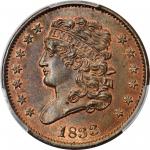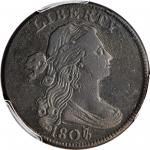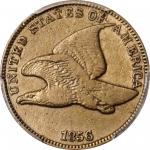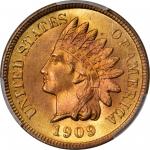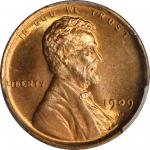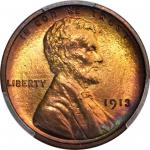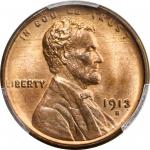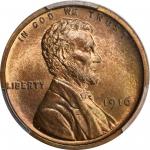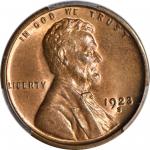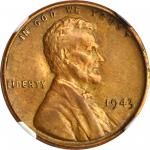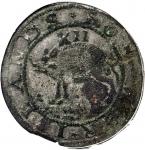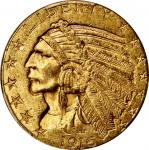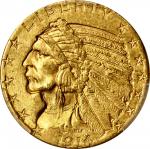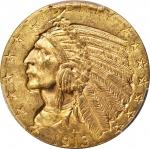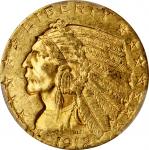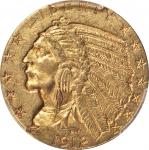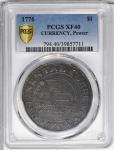1776 (1783) Continental "Dollar." Newman 2-C, W-8455. Rarity-3. CURRENCY. Pewter. EF-40 (PCGS). Subtle flashes of mint luster glow from around the devices on this handsome rarity. A medley of slate-grey tones dominates the complexion, accompanied by traces of dark patina in the protected areas. Nicely struck for the issue with no significant areas of weakness. A few old marks are noted at the upper obverse and lower right reverse borders, though these are well worn into the surfaces and fail to distract the naked eye. A desirable and attractive survivor.<p>The Continental "dollar" is an enigmatic type for which no specific documentation detailing its origin has ever been found. The earliest known published record of the Continental "dollar" came, oddly enough, in the German book <em>Historical and Genealogical Almanac, or Yearbook of the Most Remarkable New World Events for 1784</em> by Matthias Christian Sprengel. A few years later, in 1786, Bishop Richard Watsons <em>Chemical Essays</em> (Volume IV) also mentioned the Continental "dollar." Watson was a professor of chemistry and divinity at Cambridge sanctioned by the British Crown. Although the authors of these early publications obviously believed that the Continental "dollars" were coins of American manufacture, no documentary evidence was provided to substantiate this claim. In fact, it is the lack of documentary evidence authorizing the issue of these pieces in the records of the Continental Congress that has long troubled numismatic researchers.<p>As convincing as the traditional story of these pieces seems, and as tempting as it is to assign primary source status to the Sprengel and Bishop Watson accounts because they date to the 1780s, recent research and a two-part article by Erik Goldstein and David McCarthy entitled "The Myth of the Continental Dollar" published in the January and July 2018 editions of <em>The Numismatist</em> challenge the long accepted theories surrounding these coins. They discovered that a long string of early Americans -- people who were actually in a position to provide concrete facts about these pieces -- went on the record to mention that they had never seen or heard of such a thing as a Continental dollar coin. Paul Revere and Josiah Meigs both went on the record within a decade of the end of the American Revolution to correct Bishop Watsons report that the pewter "dollar" was an American coin.<p><p>That the Continental dollar was intended as a medal and not a coin, and that it was struck in London in 1783 instead of an unknown American location in 1776, changes very little in the scheme of things. The Libertas Americana medal was coined in Paris but is consistently rated as among the most desirable American numismatic collectibles; the Continental "dollar" should not forfeit a similar place in the hearts of American collectors. It remains scarce, attractive, historic and valuable. Its a piece that Paul Revere -- no man of letters, typically -- felt passionately enough about to write a missive to the Bishop of London. And its a piece that all of us grew up looking at and wanting to own, just as every generation of American collector since 1823 has. Indeed, the inclusion of a high grade and attractive Continental "dollar," as here, will continue to help define the difference between an average and outstanding collection of early American types.

